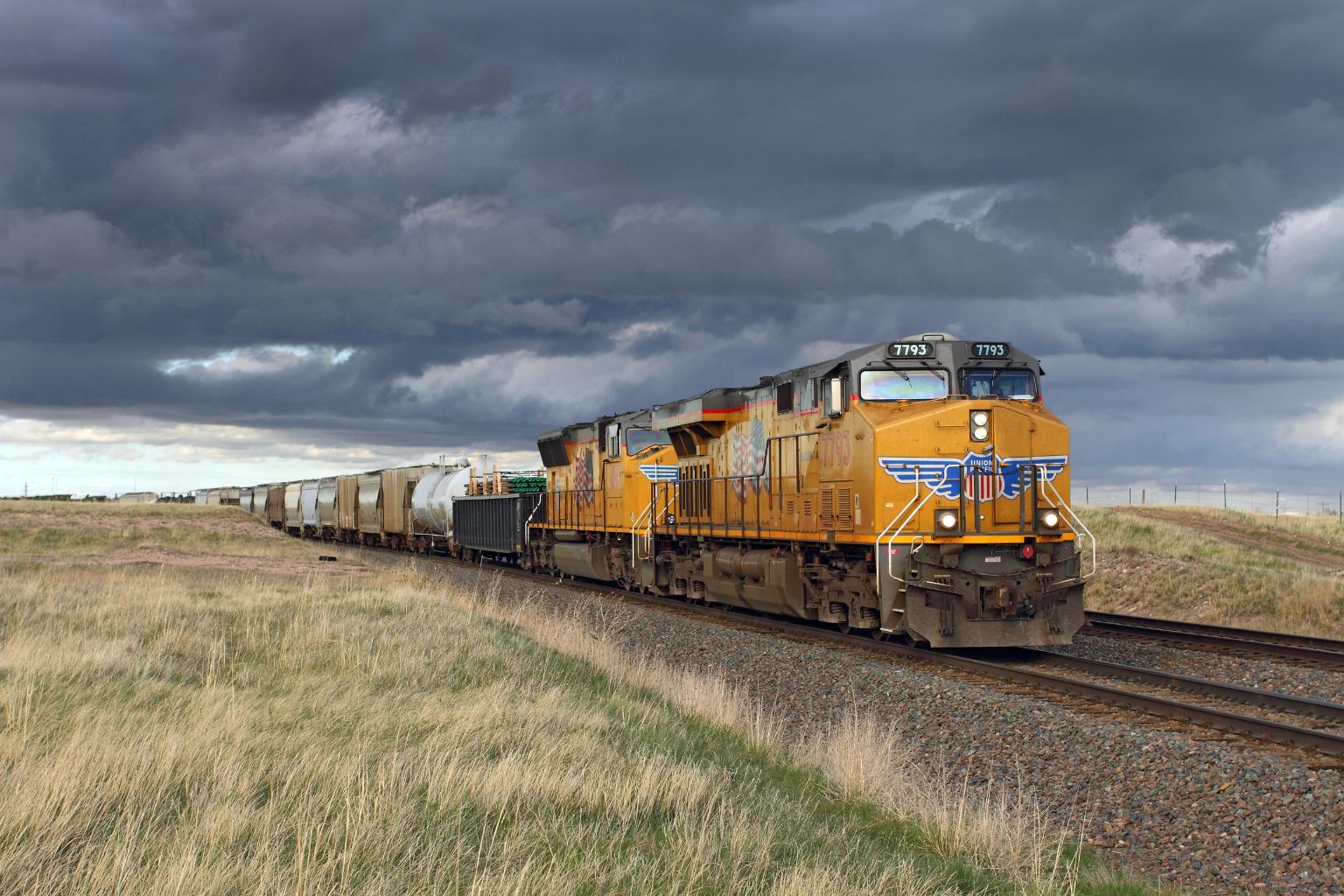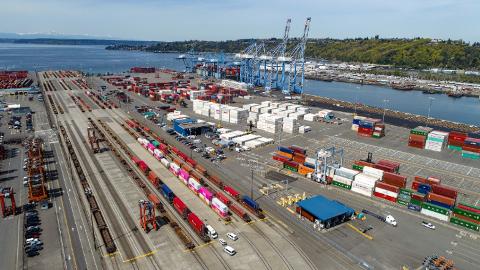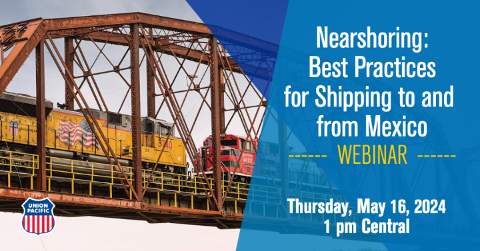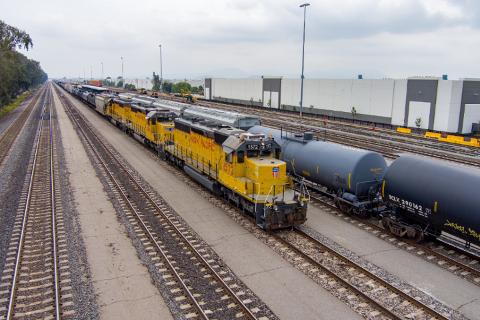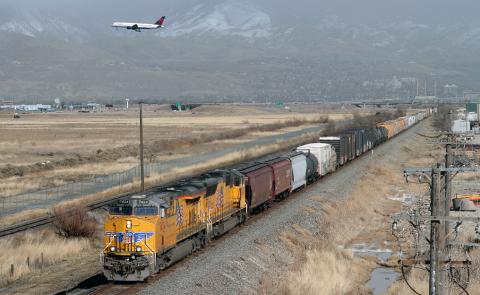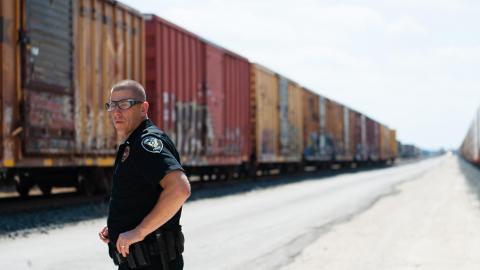Atlantic Hurricane Season Forecast
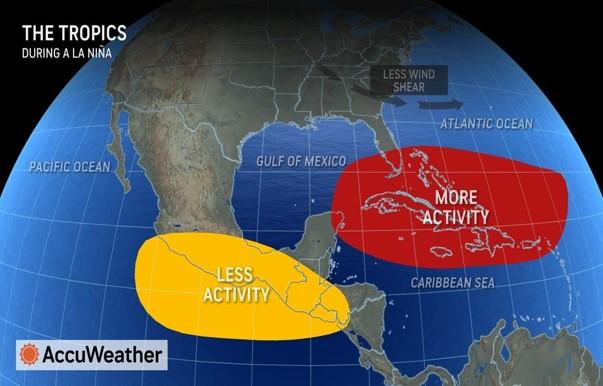
AccuWeather Forecast Exclusively Prepared For Union Pacific. After being in the El Niño phase all winter, ENSO is near the neutral phase and is forecast to enter the La Niña phase during the late summer.
According to Accuweather’s 2024 Atlantic and East Pacific Hurricane Season forecast, the transition from winter’s El Nino phase to late summer’s La Nina phase is occurring earlier this year, which can lead to a quicker reduction of wind shear and a greater chance of a more active hurricane season. This, along with more widespread sea-surface temperatures than previous years, means forecasters are anticipating the 2024 season to have more direct U.S. storm impacts.
How many, you might ask? In looking at not only last season, but a 30-year historical average, forecasters predict that there will be 20-25 named storms in 2024 (compared to 19 in 2023). They anticipate 8-12 hurricanes (compared to seven in 2023) and four to seven major hurricanes; double the amount in 2023 and the 30-year average.
If you’re a rail shipper, this is a good time to review the steps to take before, during and after a storm.
How Rail Shippers Should Prepare Before a Storm
The safety of both employees and the communities railroads serve is of utmost importance when planning for a hurricane. Customers are encouraged to take the following pre-storm actions to protect people, products and equipment.
1. Divert cars. If your facility is in the path of a storm, five days before landfall you’ll want to divert any rail cars headed your way.
2. Notify the railroad. Submit any special service requests to the railroad three to four days before the storm.
3. Communicate your plant operations plan. At least 48 hours before landfall, let the railroad know of your timeline for ceasing operations and/or evacuating the plant. Stay in communication with the railroad on your operations plan so you can resume service as quickly as possible.
What Rail Shippers Should Do After a Hurricane Makes Landfall
1. Report track damage. Report any tracks that are damaged and/or out of service to the railroad.
2. Provide a plant operations update. Let the railroad know the estimated time frame for repairs to your facility and when you plan to resume operations.
3. Request resumption of rail service. Once repairs are complete and you know when your plant will resume operations, notify the railroad and ask them to resume rail service.
4. Don’t move rail cars if water has reached the wheel bearing. Report any flooding in your facilities that has potentially submerged wheels under water. Wait for the railroad to undergo roller bearing inspections and make sure rail cars are safe to move.
5. Inspect rail cars. Per the American Association of Railroads (AAR) interchange rules, any rail cars that have been damaged by flooding must undergo a joint inspection between the railroad’s Mechanical team and personnel at your plant.
Hurricane Resources for Union Pacific Customers
Safety is Union Pacific’s No. 1 priority. When significant weather events impact our network, we pre-stage equipment, crews and track material, and implement several initiatives across impacted areas to improve fluidity and quickly restore operations, including bringing in extra locomotives and making temporary operating adjustments to keep customers’ shipments moving.
To help you prepare for and recover from flooding or a hurricane making landfall, visit two important pages:
Make note of two important contacts.
- Customer Care and Support for 24/7 assistance specific to your shipments: 800-272-8777
- Response Management Communications Center (RMCC) to report emergencies: 888-877-7267
Learn More
By following these tips, you can help reduce damage to rail cars and expedite local service recovery time. For even more information, watch our customer webinar, Preparing for a Hurricane: What You Need to Know.
If you’re interested in shipping by rail and diversifying your supply chain, answer a few questions and an expert will be in touch.

